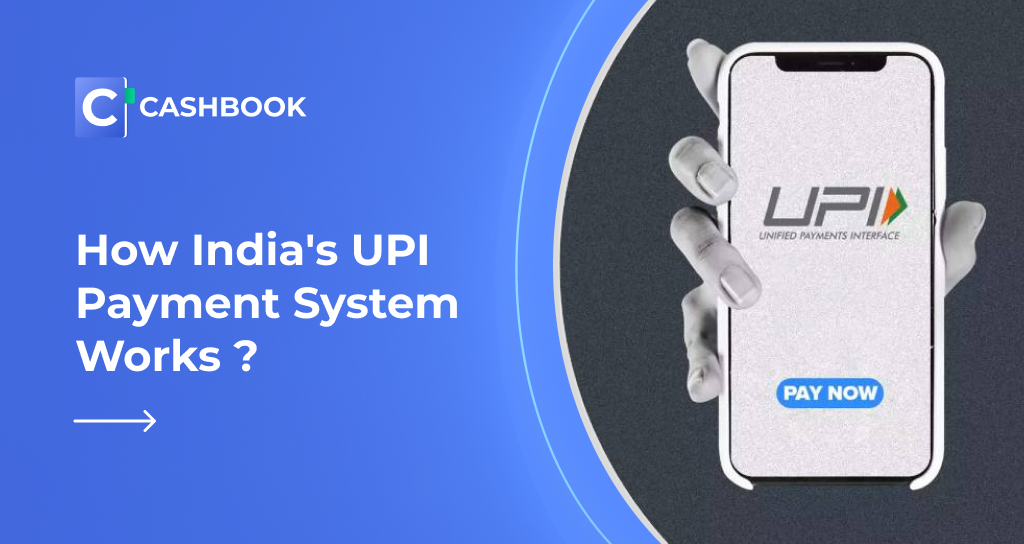Unified Payments Interface (UPI) has revolutionized the way we make payments. It is a real-time payment system developed by the National Payments Corporation of India (NPCI) that allows users to transfer money between bank accounts instantly.
But how does it work?
The UPI technical stack is made us of several layers that work seamlessly to ensure that transactions are fast, secure, and reliable.
At its core, UPI is built on the immediate payment service (IMPS) infrastructure. IMPS enables the transfer of funds between banks in real time, and UPI leverages its capabilities to provide a similar experience for its users.
On top of the IMPS infrastructure, UPI uses a payment switch that acts as a middleware to facilitate secure communication between banks. The switch is responsible for routing payment requests to the appropriate bank, verifying the transaction details, and ensuring that the transaction is executed successfully**.**
To ensure security, UPI utilizes two-factor authentication (2FA) for every transaction. Users are required to enter a unique MPIN (Mobile Personal Identification Number) to confirm the transaction. UPI also employs end-to-end encryption to ensure that sensitive information such as bank account numbers and transaction details are kept confidential.
Overall, the UPI technical stack is designed to provide a seamless and secure payment experience for its users. By leveraging the IMPS infrastructure.
Now, we will take a closer look at how UPI operates on a three-layered technology stack, each layer performing a specific function in the payment process. Let us take a closer look at these layers:
The User Layer:
The user layer is the interface that the end-users interact with. It is the mobile app or web application through which the user initiates a payment request. UPI allows users to create a virtual payment address (VPA) linked to their bank account, which they can use to receive payments from other UPI users. The VPA is like an email ID or a social media handle that enables the user to transact with others without sharing their bank account details.
UPI supports multiple payment modes, including peer-to-peer (P2P) transfers, merchant payments, bill payments, and remittances. The user can initiate a payment request by selecting the desired payment mode, entering the recipient's VPA or mobile number, and entering the amount to be transferred. The user then authenticates the transaction using a four-digit MPIN (Mobile Personal Identification Number).
The Middleware Layer:
The middleware layer is the interface that connects the user layer and the bank layer. It is responsible for processing the payment request and ensuring that the transaction is authenticated and authorized. The middleware layer is hosted by the NPCI, which acts as the central clearing house for all UPI transactions.
When the user initiates a payment request, the middleware layer sends the request to the recipient's bank through a secured channel. The recipient's bank verifies the VPA or mobile number and checks the availability of funds in the account. If the transaction is authorized, the bank sends a confirmation to the NPCI, which then forwards it to the user's bank. The user's bank debits the account and sends a confirmation to the NPCI, which then sends a final confirmation to the user.
The Bank Layer:
The bank layer is the backend system that manages the user's bank account and processes the payment transaction. Each bank has its UPI system, which is connected to the NPCI's middleware layer. When a user initiates a payment request, the bank layer verifies the authenticity of the user and the transaction and processes the payment.
The bank layer is responsible for ensuring the security and privacy of the transaction. UPI uses end-to-end encryption to protect the transaction data and prevent unauthorized access. The bank layer also ensures that the transaction is compliant with the regulatory guidelines issued by the Reserve Bank of India (RBI).
In conclusion, UPI is a game-changer in India's digital payments landscape, enabling users to make instant bank-to-bank transfers using their mobile phones.
Apart from P2P transfers, UPI has also enabled merchant payments, allowing businesses to accept digital payments without the need for a point-of-sale (POS) terminal or a payment gateway. UPI's merchant payment feature, known as UPI QR code, has become ubiquitous across shops, restaurants, and small businesses in India, further driving the adoption of digital payments.
The success of UPI has prompted several other countries to adopt similar payment systems, including Singapore, Malaysia, and Indonesia. The NPCI has also announced plans to expand UPI's reach to other countries, showcasing India's leadership in the digital payments domain.
UPI's success story is a testament to the power of innovation and collaboration in driving digital transformation. The technology stack of UPI, with its user layer, middleware layer, and bank layer, enables a seamless and secure payment experience for millions of Indians. As UPI continues to evolve and expand its reach, it will play an increasingly vital role in promoting financial inclusion and economic growth in India and beyond.
Click here to read a blog on How UPI System Started in India.







